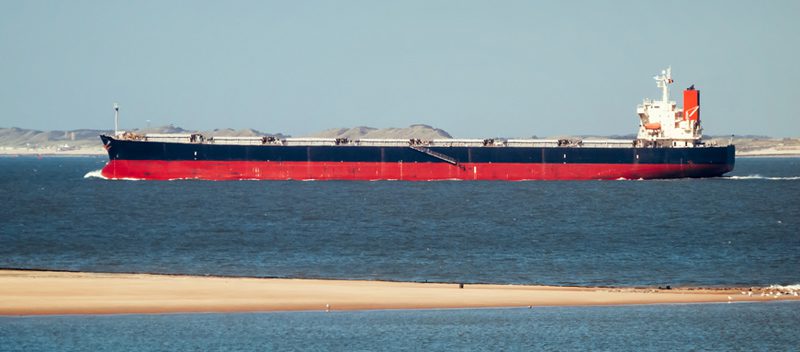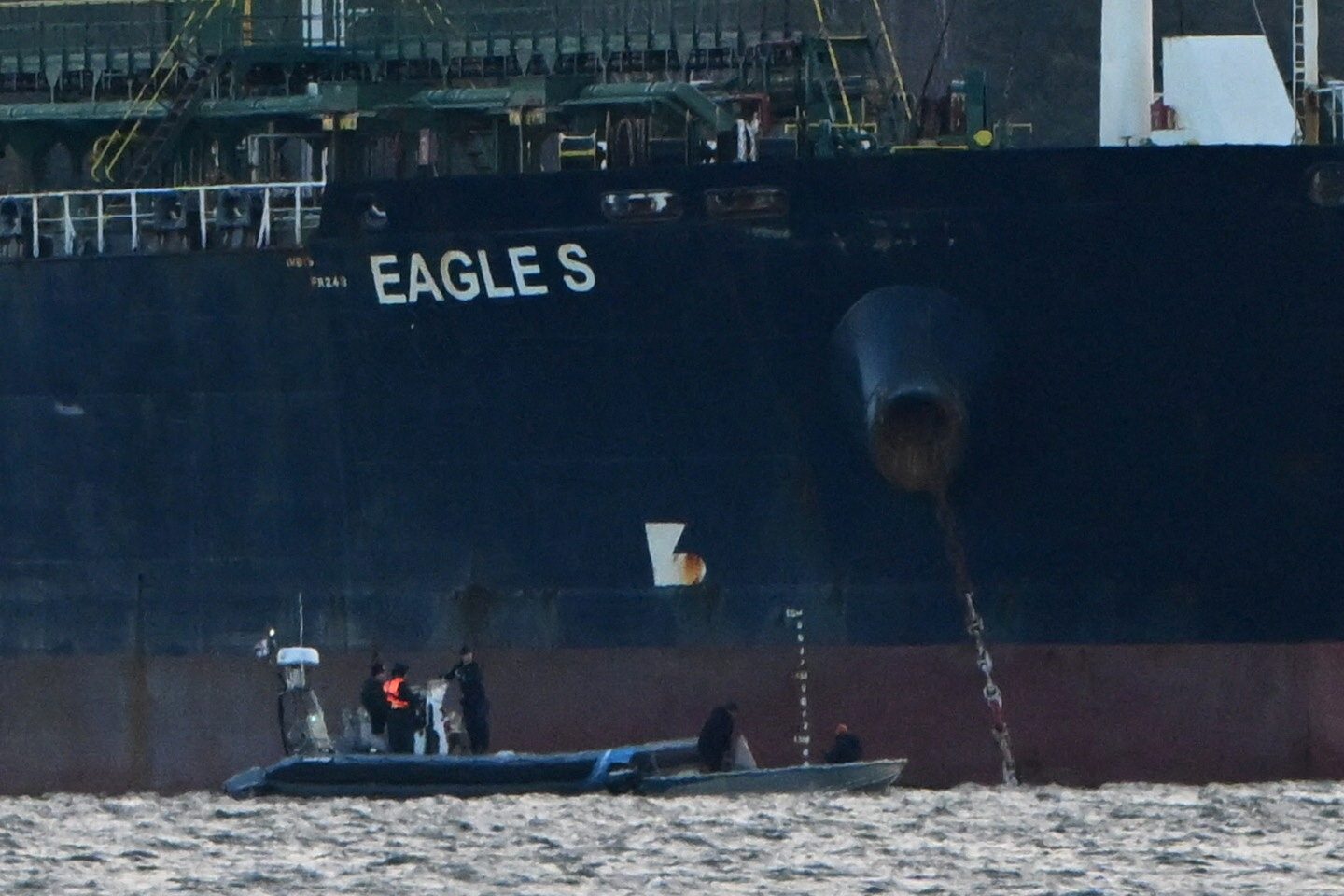Jan. 15 (Bloomberg) — Rates for Capesize ships carrying iron ore, which advanced for a third day, may curb gains as accelerating fleet growth this month offsets rising demand, said Clarkson Plc, the biggest shipbroker.
Earnings for Capesize vessels carrying about 160,000 metric tons of the commodity rose 1.8 percent today to $6,353 a day, according to the Baltic Exchange, a London-based assessor of freight costs. The Baltic Dry Index, a wider measure of commodity shipping rates, rose 0.4 percent to 765 points.
Rallies in Capesize rates will be curbed through the first quarter after owners delayed until this month taking delivery of ships that were meant to join the fleet in late 2012, giving the carriers 2013 registrations, Guy Campbell, Clarkson’s London- based head of dry bulk, said by phone today. The price of iron- ore delivered to China jumped as much as 83 percent since September and the country imported a record 70.94 million tons of the commodity last month, according to prices from The Steel Index Ltd. and customs data.
“Any excitement we are seeing in the iron-ore market is tempered by the fleet,” Campbell said. “We certainly see more trade flow, and the implication is that there’s stockpiling. We can certainly see the iron-ore price pushing up because of that demand, but it’s not going to create spikes in freight.”
Capesize earnings last year averaged the lowest since at least 1999, bourse data show. Owners added the second-largest amount of capacity to the fleet on record, outpacing slowing global demand for seaborne commodities and curbing rates, according to Clarkson.
Hire costs averaged $7,680 daily in 2012, 51 percent lower than the prior year, exchange data show. Deliveries of new Capesize ships reached 213, totaling 41.8 million deadweight tons in 2012, Clarkson data show.
Rates for Panamaxes, with about half the capacity of Capesizes, slid 0.7 percent to $6,088 a day today. Supramaxes fell 0.4 percent to $7,741, while Handysizes, the smallest vessels tracked by the exchange, rose 0.7 percent to $6,769.
– Michelle Wiese Bockmann, Copyright 2013 Bloomberg.

 Join The Club
Join The Club












